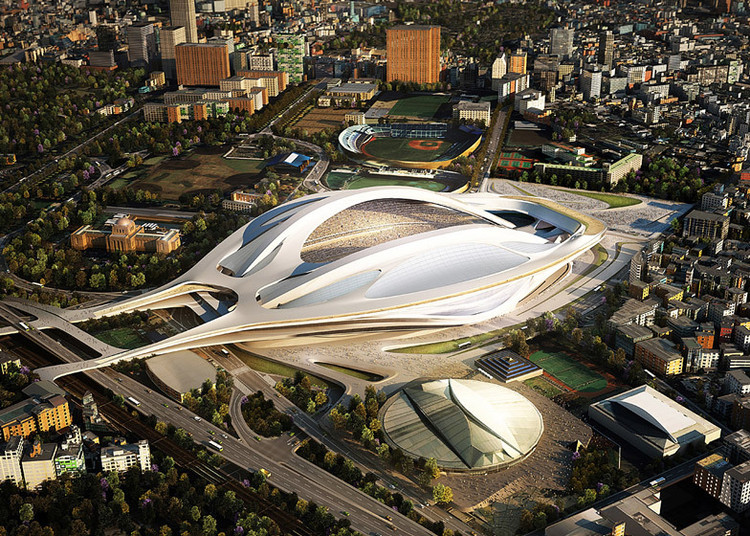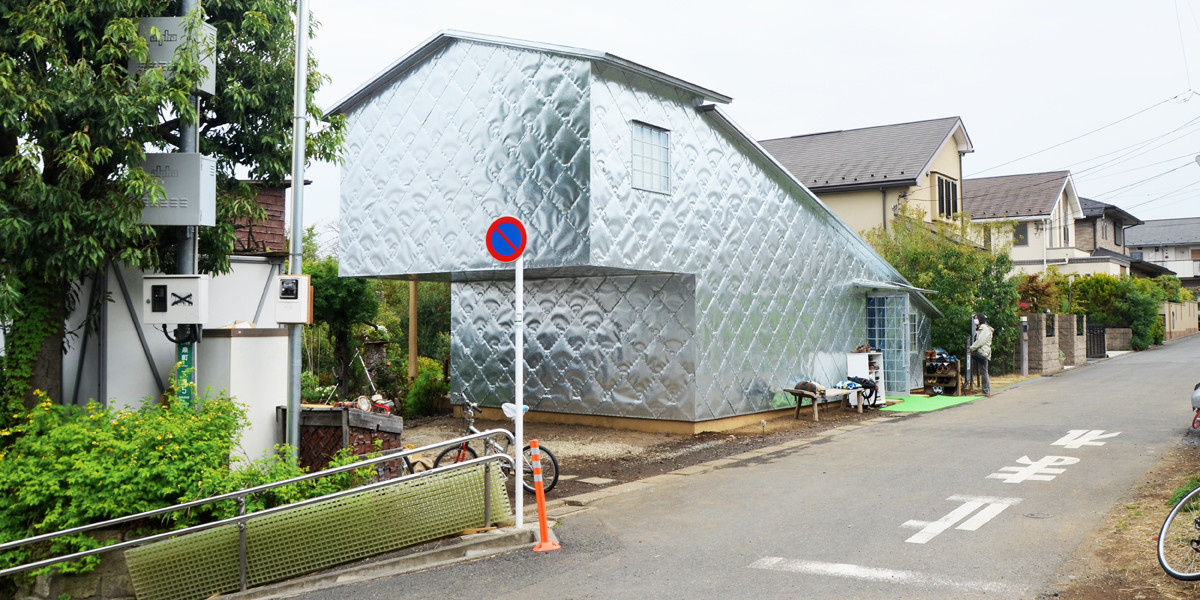From Tokyo-based French architect and film maker Vincent Hecht comes "Classic Japan," a series of short films focussed on Japanese architecture from between the 1950s and 80s.
The first installment takes viewers into Kenzo Tange's 1964 Yoyogi National Gymnasium in Shibuya, built to house the swimming and diving events of the 1964 Summer Olympics. Completed in less than two years and seating upwards of 15,000 spectators, the Gymnasium is renowned for its suspension roof, and will host the handball competitions during Tokyo's 2020 Summer Olympics.













.jpg?1406047165)





















